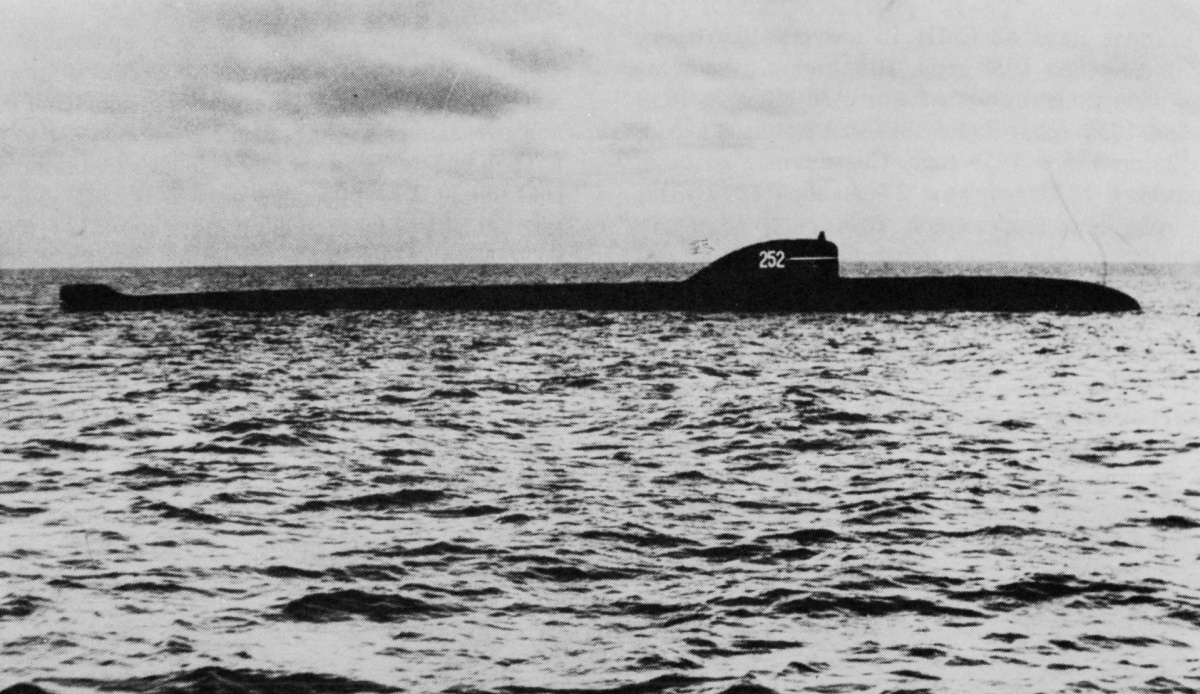This Dead Russian Submarine Could End Up Being an Underwater Chernobyl
 When K-27 was first laid-down on June 15, 1958, she was the first Soviet submarine designed with a pair of novel lead-bismuth cooled reactors. While the new reactors were smaller and more powerful than conventional pressurized water reactors, the innovative new powerplants were troublesome from the beginning. Nonetheless, K-27 quickly accumulated an impressive record in Soviet naval service—including one where she became the first Russian nuclear attack boat to remain submerged for 50 straight days.
When K-27 was first laid-down on June 15, 1958, she was the first Soviet submarine designed with a pair of novel lead-bismuth cooled reactors. While the new reactors were smaller and more powerful than conventional pressurized water reactors, the innovative new powerplants were troublesome from the beginning. Nonetheless, K-27 quickly accumulated an impressive record in Soviet naval service—including one where she became the first Russian nuclear attack boat to remain submerged for 50 straight days.
But despite her impressive service record, K-27’s lifespan was a short one. The submarine’s operational life was cut short due to a reactor accident. On May 24, 1968, K-27 suffered from a failure in one of her VT-1 reactors—power suddenly dropped from 87 percent output to seven percent. The power drop came with a massive increase in gamma radiation that flooded the reactor compartment.
No comments:
Post a Comment